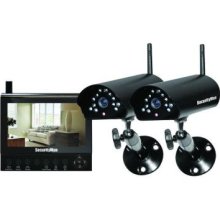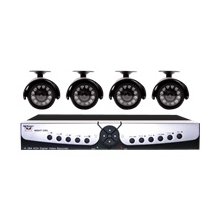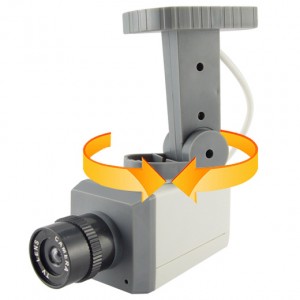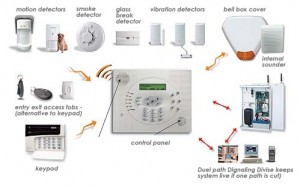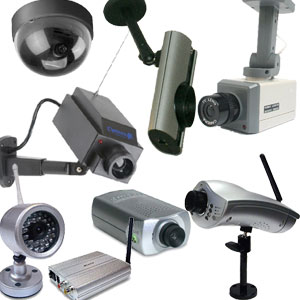The global rise in crime rates has prompted organizations and homeowners to purchase high tech outdoor security camera systems to help ensure their security. One of the most important things to note about the purchasing of these devices is that they need to be high enough quality so that they can effectively monitor the external surroundings of your house or business. To ensure maximum security, you will want to make sure you have deployed the cameras in such a way that all of your ingress/egress locations of your property are properly covered via the cameras.
Protection of your perimeter
The use of the outdoor camera devices will boost your security be effectively monitoring your perimeter. The proper placement of the cameras, and their angles, are critical in ensuring adequate coverage. It is important to state that you can also include few long range cameras to capture any events taking place just outside your perimeter as an extra security measure. The wiring and powering of the equipment has to be carefully undertaken for effective functioning of the system.
Long Term Security
If properly selected and installed, the implementation of an outdoor security camera system will be operational for years. Once installed, the equipment will help to deter crime helping to provide a safe environment. The longevity of your purchase will help justify the initial outlay of cash for the system.
State of the art outdoor security cameras
With recent technological advancements, the production and deployment of wireless security camera systems is on the rise. There are many cool technologies that now integrate with home surveillance systems. Many of the new systems allow you to view camera audio and video over your mobile phone, tablet, or PC. Additional features to look for are:
-
Easy wireless installation
-
iOS and Android support
-
High camera resolution (HD if possible)
-
Scalability – able to add as any cameras as needed
-
Wide Angle lenses
In order to help deter and track would be criminals around your house and workplace, it is important that you place the cameras in visible locations to make the subject think twice about what they are doing. The devices will be able to capture the details of any person who will be trying to invade your privacy. The ultra wide angle cameras are able to survey a huge field of your perimeter at once.
An additional feature that you should consider to be included in your outdoor security camera systems should be the ultra-powerful night vision camera that will effectively assess your perimeter during the night when crime has been stated by experts to occur most often.

